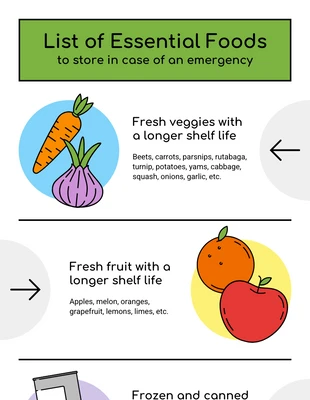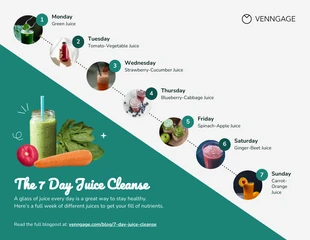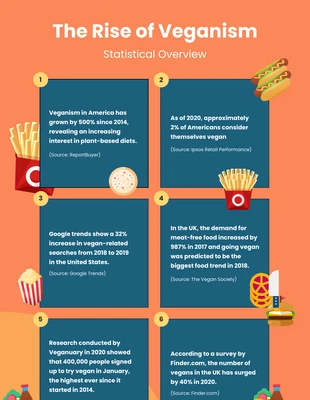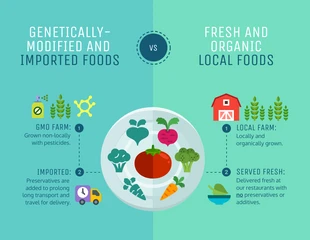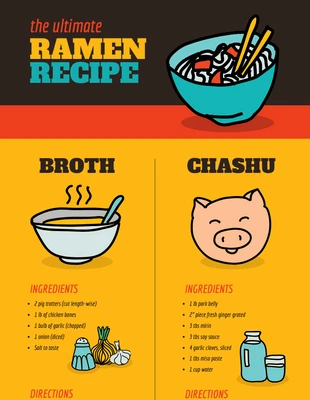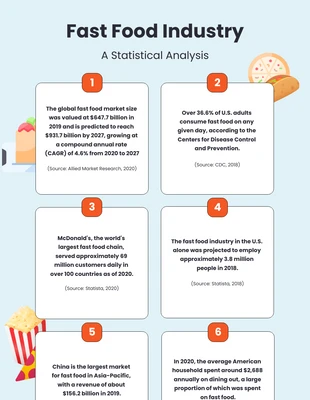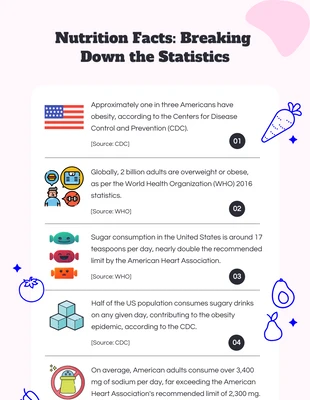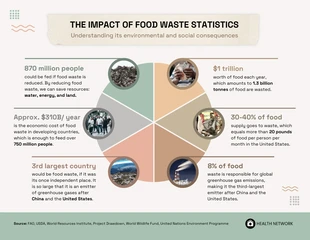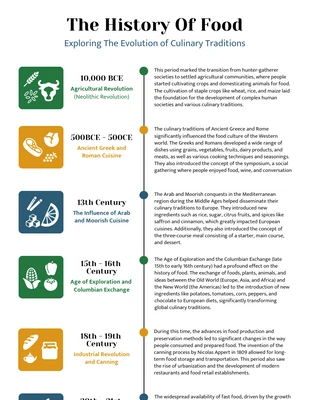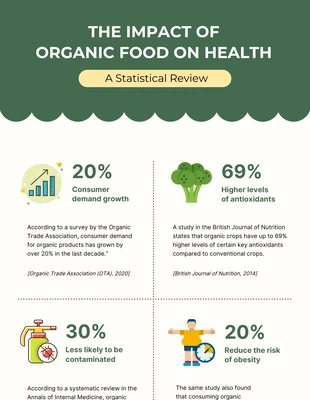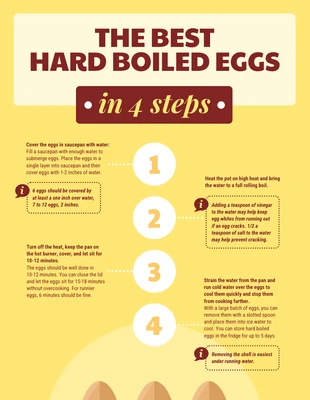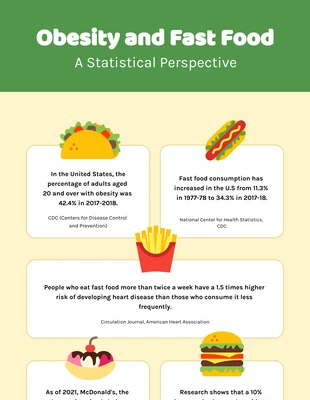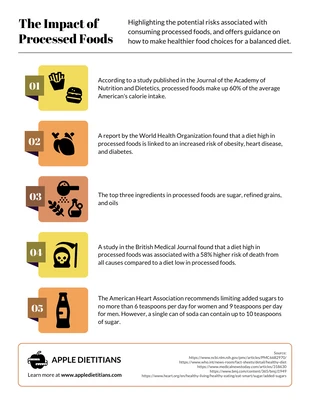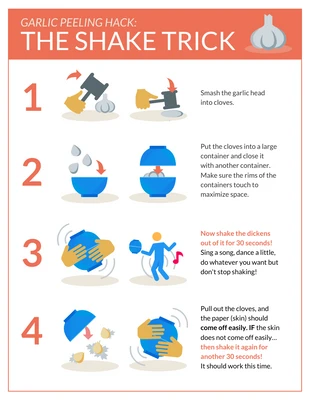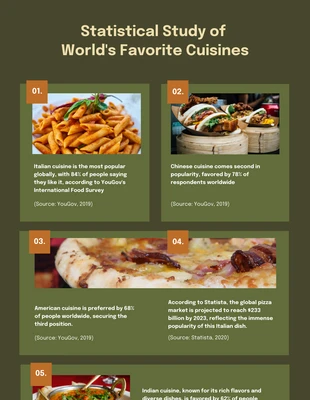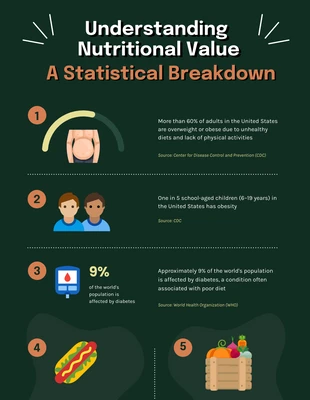Food Infographics Templates
Venngage's food infographic templates offer a visually appealing way to convey culinary information, from recipes and ingredients to cooking techniques and cultural insights. Share your passion for food and engage audiences through these vibrant and informative templates.
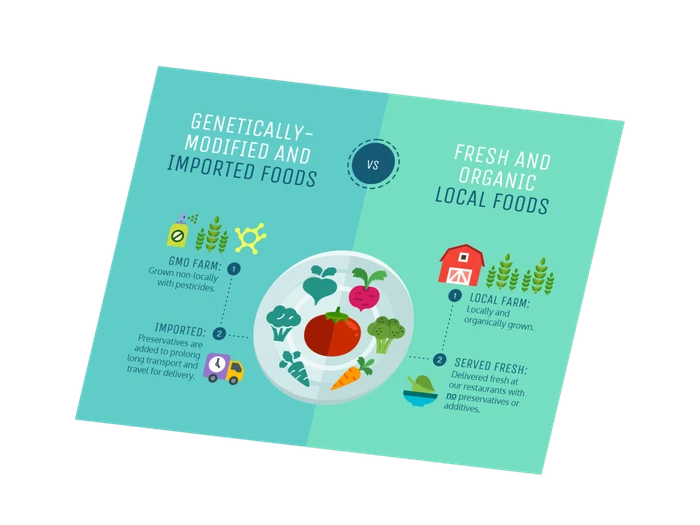
Filter by
food infographics
food infographics
food infographics
food infographics
food infographics
food infographics
food infographics
food infographics
food infographics
food infographics
food infographics
food infographics
food infographics
food infographics
food infographics
food infographics
food infographics
food infographics
food infographics
food infographics
food infographics
food infographics
food infographics
food infographics
Popular template categories
- Brochures
- Mind maps
- Posters
- Presentations
- Flyers
- Diagrams
- Reports
- White papers
- Charts
- Resumes
- Roadmaps
- Letterheads
- Proposals
- Plans
- Newsletters
- Checklist
- Business cards
- Schedules
- Education
- Human resources
- Ebooks
- Banners
- Certificates
- Collages
- Invitations
- Cards
- Postcards
- Coupons
- Social media
- Logos
- Menus
- Letters
- Planners
- Table of contents
- Magazine covers
- Catalogs
- Forms
- Price lists
- Invoices
- Estimates
- Contracts
- Album covers
- Book covers
- Labels
- See All Templates
